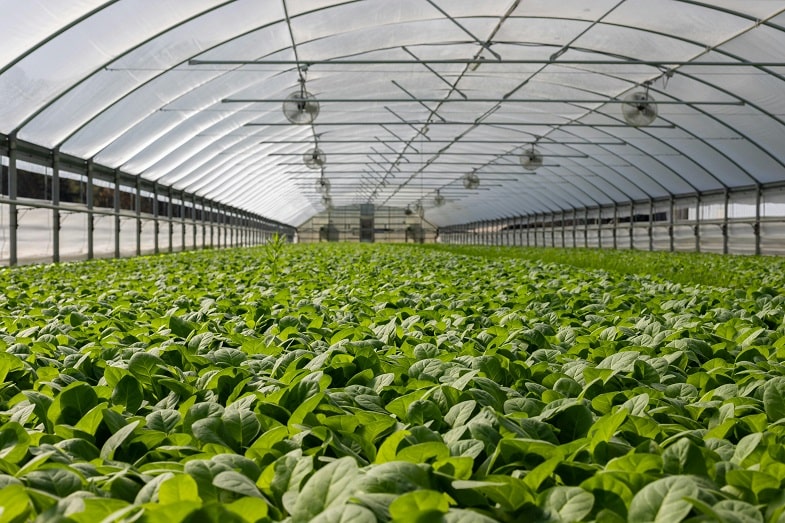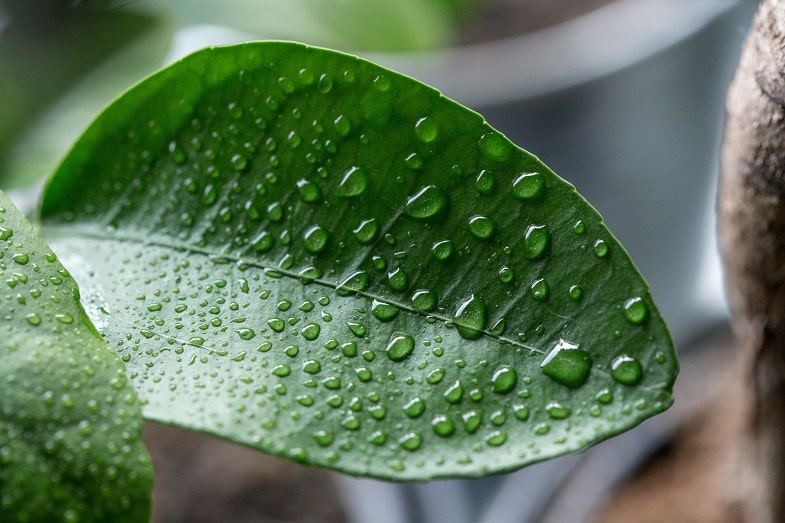Published on: 19/07/2024
If you want to grow cannabis indoors because you don’t have space to do it outdoors, here are some steps you could follow
Growing cannabis indoors requires a lot of knowledge and attention to detail. Two of the most crucial factors for the success of an indoor cultivation are lights and humidity.
In this article, we will explore the importance of these elements and how to manage them to get the most out of your cannabis cultivation.
Indoor Cultivation
Cannabis seeds indoor cultivation offers numerous advantages over outdoor cultivation. Among these are the ability to fully control the environment, protect plants from pests and weather, and grow year-round. However, to make the most of these advantages, it is essential to understand how to create the ideal conditions for plant growth.
Read also: The 5 essential nutrients for cannabis cultivation
Advantages of Indoor Cultivation
Growing cannabis indoors offers numerous benefits compared to outdoor cultivation. Firstly, it allows complete control over the growing environment, including factors such as light, humidity, temperature, and ventilation, ensuring optimal conditions for each stage of the plant’s life cycle.
This control reduces the risk of pests, diseases, and adverse weather conditions that can damage outdoor crops. Additionally, indoor cultivation enables year-round production, regardless of the seasons, ensuring a constant supply.
Privacy and security are further benefits, as indoor cultivations are less visible and harder to detect. Finally, the ability to optimize and customize growing conditions can lead to higher yields and superior product quality.


What Are the Best Lights to Use?
There are several types of lights that can be used in indoor cultivation, each with its own characteristics and advantages. Let’s explore them together:
- Incandescent lights: these are inexpensive and easy to find, but they emit a lot of heat and are not very energy-efficient.
- Fluorescent lights: they emit less heat compared to incandescent lights. They are great for the initial stages of plant growth (germination and vegetative phase).
- HID lights: these lights are powerful and very effective for cannabis growth. MH (metal halide) lamps are ideal for the vegetative stage, while HPS (high-pressure sodium) lamps are perfect for the flowering stage.
- LED lights: these are among the most efficient and versatile. They consume less energy, emit less heat, and can be used for all stages of plant growth. LED technology allows for a full light spectrum, optimal for cannabis growth.
Light Spectrum
Cannabis plants require different wavelengths of light during various growth stages. During the vegetative stage, they mainly need blue light, which promotes leaf growth. During the flowering stage, the plant benefits more from red light, which stimulates flower production.
Light Intensity and Distance
The intensity of light is crucial for photosynthesis and thus for plant growth. Cannabis plants require high light intensity, but care must be taken not to expose them to excessive heat. The distance between the plant and the light should be adjusted according to the type of lamp used. For example, HID lights need to be positioned further away compared to LED lights to avoid burning the leaves.
The Importance of Humidity
Relative Humidity
Relative humidity (RH) is the amount of water vapor present in the air compared to the total amount the air could hold at a given temperature. Cannabis, like many other plants, needs a certain level of humidity to grow optimally, and the amount varies for each growth stage.
- Germination stage: humidity, even with auto flower seeds bsf, should be very high, between 70% and 80%, to promote seed opening and the development of the first roots.
- Vegetative stage: humidity should be around 40% to 70%. Higher humidity favors leaf growth, but at the same time, too high levels can lead to mold problems.
- Flowering stage: during this stage, humidity should be reduced to 40-50% to prevent mold formation on the flowers.
Read also: Cannabis varieties: what are the differences between different types of marijuana?


Humidity Control
It is crucial to maintain the right level of humidity. Here are some useful tools:
- Humidifiers and dehumidifiers: these devices allow you to add or remove moisture from the air, maintaining desired levels.
- Ventilation: a good ventilation system is essential to keep humidity under control, preventing the buildup of humid, stagnant air, and avoiding mold and pests.
- Constant monitoring: using hygrometers to monitor humidity levels allows for quick adjustments to humidity.
Conclusion
Indoor cannabis cultivation offers greater control over growing conditions, allowing you to maximize the quality and quantity of your harvest. However, to achieve the best results, careful management of lighting and humidity is essential. Investing in high-quality lights and an adequate humidity control system can make the difference between a mediocre cultivation and an exceptional harvest with high-quality flowers.
If you want to purchase high-quality cannabis seeds, visit our website SensorySeeds and buy your favorite varieties for lush cultivations!
Happy cultivation!









